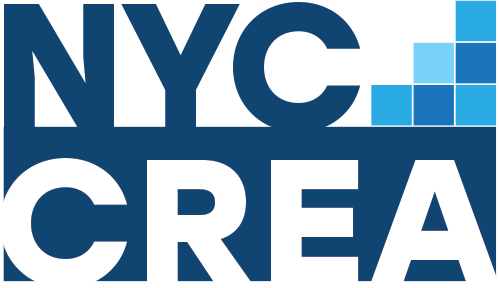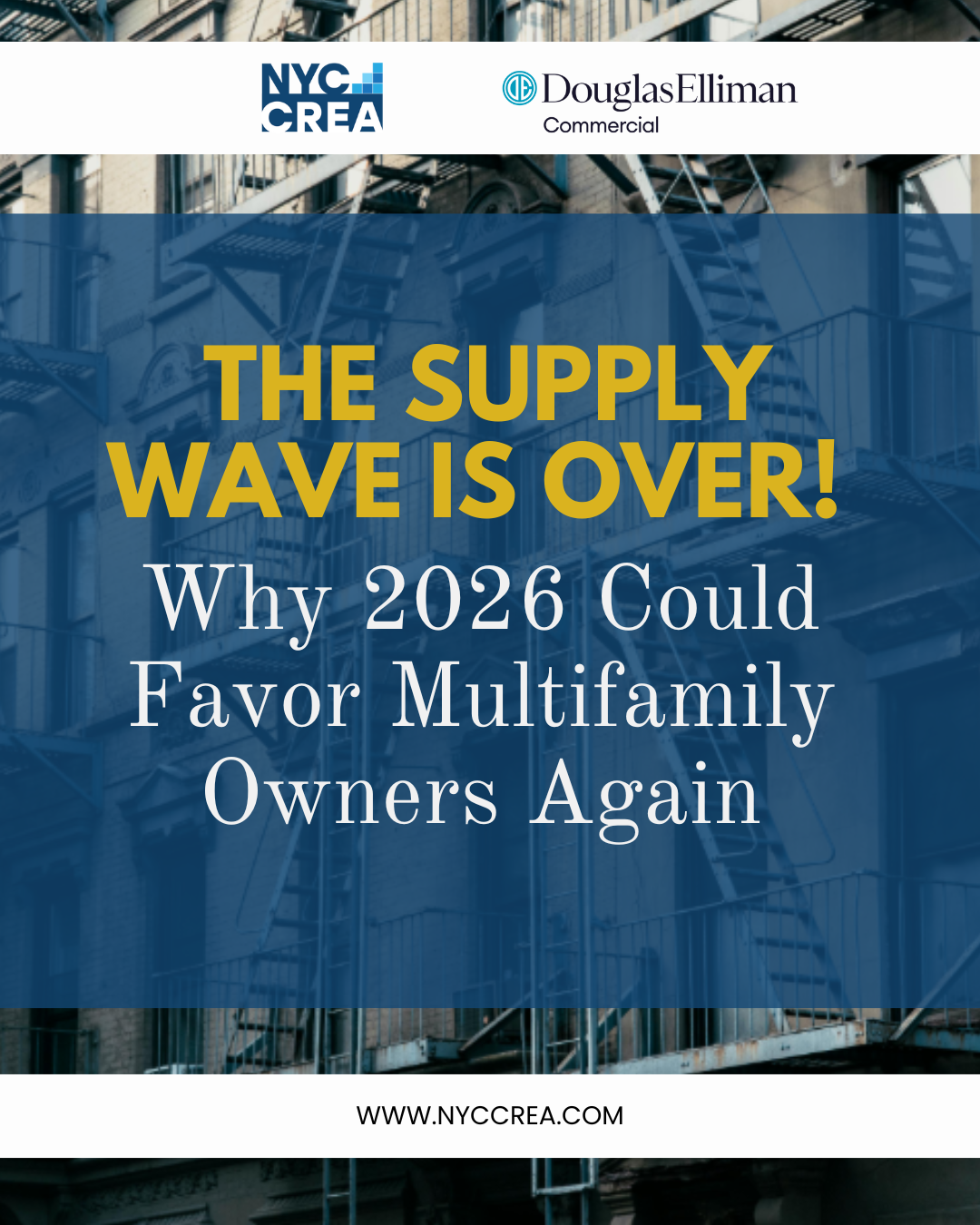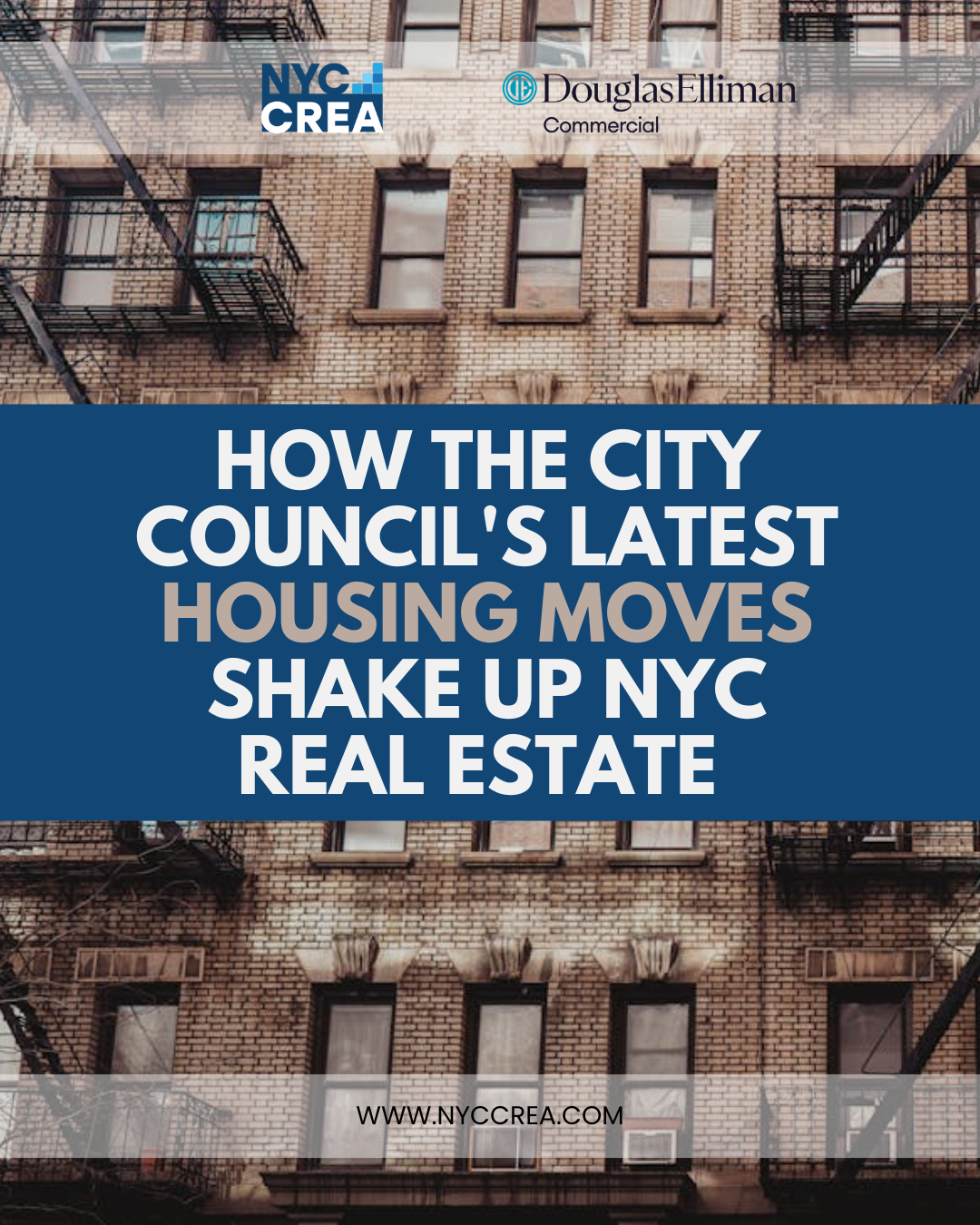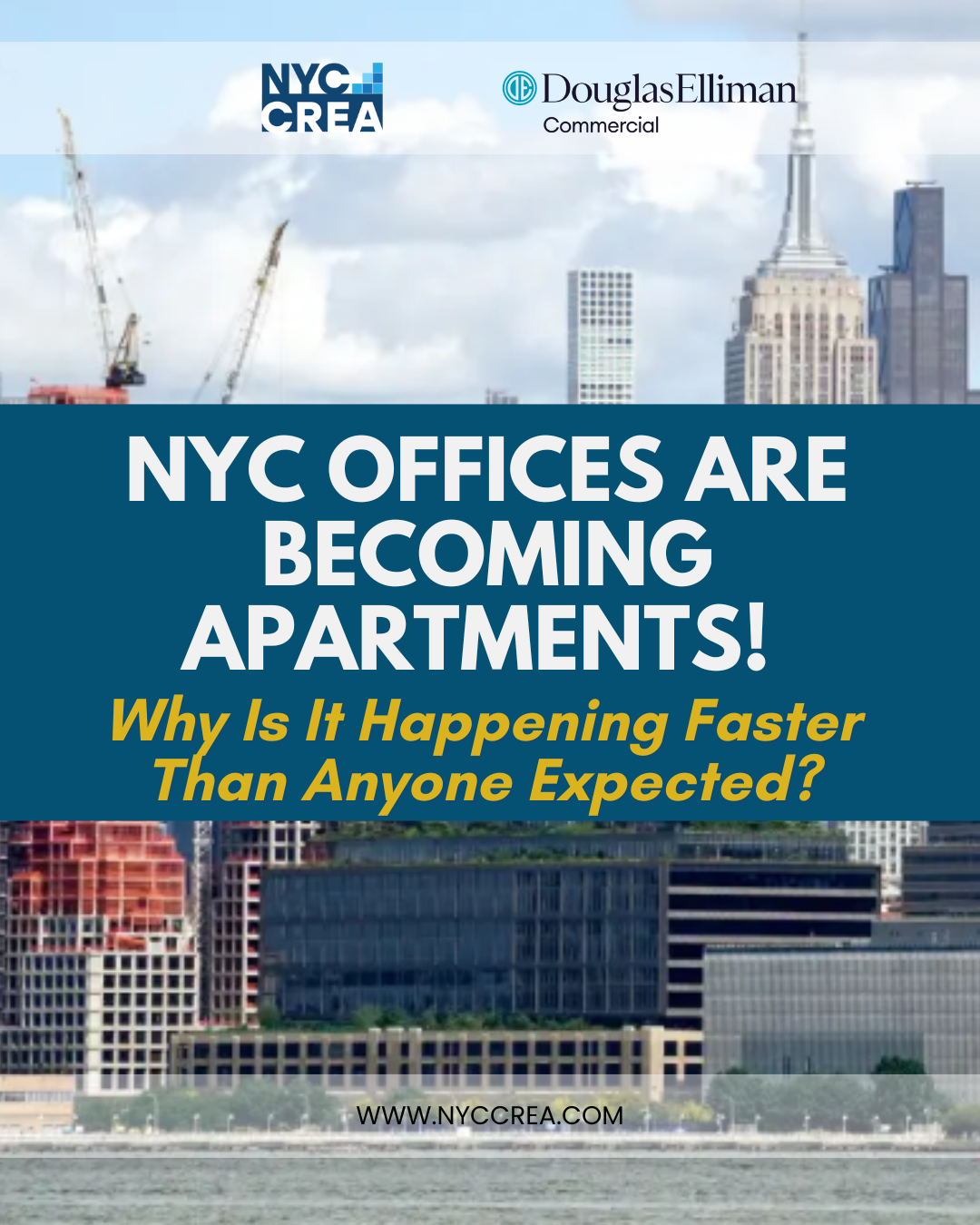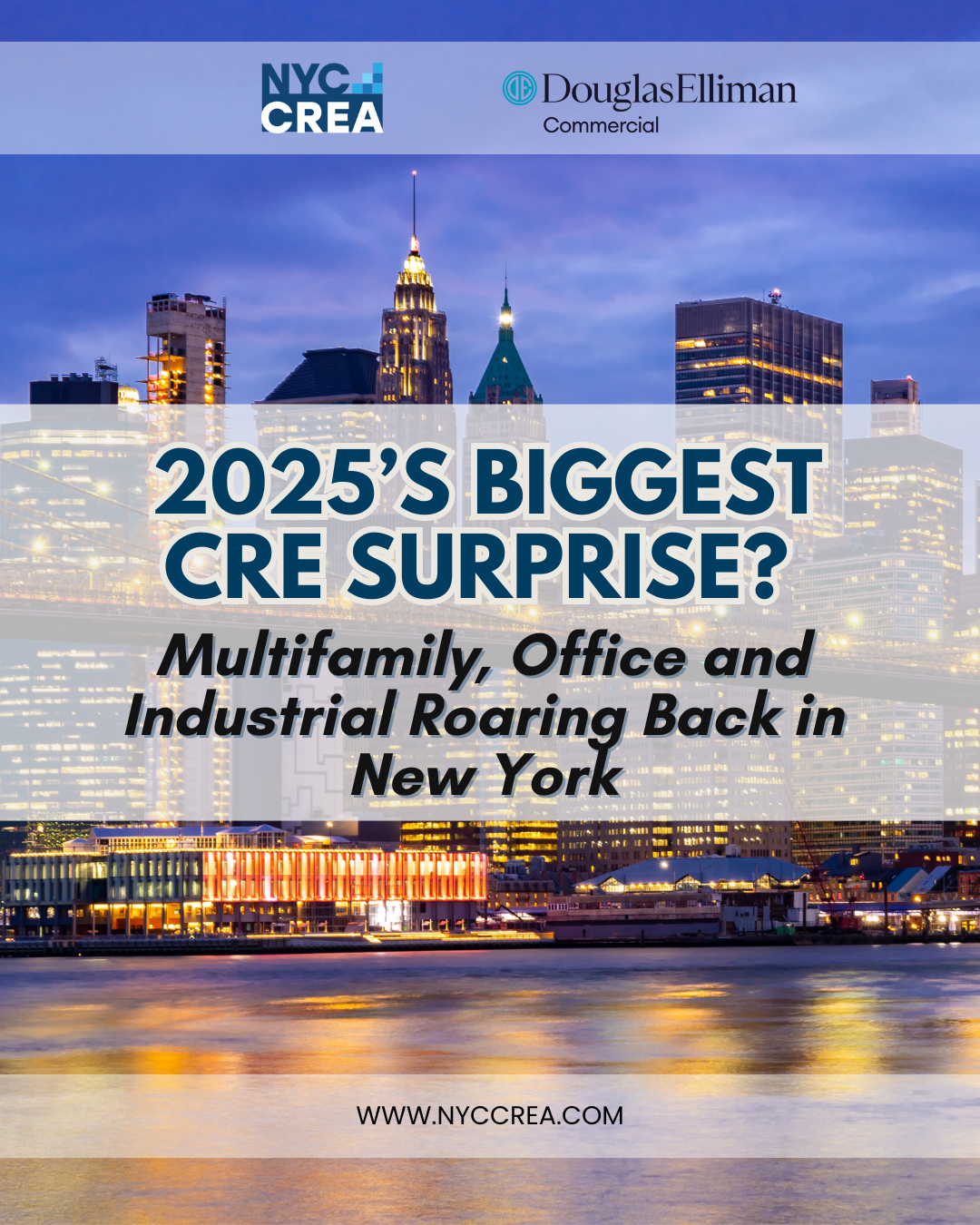Zoning regulations profoundly shape New York City’s commercial real estate landscape. These rules have evolved over decades and dictate property usage in the city. This is crucial for anyone involved in NYC commercial real estate to understand their definition, purpose, and historical evolution.
New York City’s zoning regulations aim to balance community needs and development goals by organizing urban space. They categorize areas into zones like residential, commercial, and industrial, each with specific guidelines for construction and operation.
For NYC commercial real estate investors or property owners, these regulations serve as a blueprint, dictating a property’s potential.
The history of zoning laws in NYC is a journey through the city’s growth and transformations. The first comprehensive zoning ordinance in the United States originated in the early 20th century. New York City implemented it in 1916.
This response came after the Equitable Building’s construction in 1915. Its massive size cast a 7-acre shadow in Lower Manhattan. This highlights the need for regulations to control building sizes. They also need this to ensure access to light and air in urban areas.
Over time, these laws have evolved, reflecting changes in urban planning philosophies and societal needs. Various governing bodies play roles in enforcing these zoning regulations. The New York City Department of City Planning and the City Planning Commission are central to this process.
They oversee the implementation of current zoning laws. Additionally, they work on revising zoning ordinances, taking into account the changing dynamics of the city. Commercial real estate owners and developers must stay informed about these governing bodies and their decisions for industry success.
Zoning Regulations and Commercial Real Estate Development
Zoning regulations fundamentally shape the scope and nature of commercial real estate projects in New York City. These laws affect building heights and the types of businesses allowed in specific areas.
Understanding these zoning laws is crucial for anyone in commercial real estate. This step guides the planning and development of properties to comply with city standards and meet market demands.
The process of obtaining zoning variances is a critical aspect for commercial property developers. A zoning variance is a legal exception permitting property use. This is because it differs from the strict application of the zoning ordinance.
Obtaining such a variance can be a complex process, involving public hearings and extensive documentation. Successfully navigating this process can be crucial for a real estate developer. This is because iit can determine whether a project moves forward or stalls.
Several case studies highlight the impact of zoning regulations on significant commercial real estate projects. For example, rezoning large parts of Manhattan’s West Side made the development of Hudson Yards possible. Now, it is one of the largest private real estate projects in the U.S.
This transformation turned underused industrial space into a bustling residential and commercial hub. It demonstrates the power of zoning laws in shaping urban landscapes.
Another notable example is the transformation of the High Line area. Once a derelict space, it is now a prime example of how zoning can revitalize an area. Zoning changes sparked the High Line’s rejuvenation, leading to a surge in property values. This also spurred the development of high-end residential and commercial spaces.
Navigating Zoning Regulations in Commercial Real Estate Transactions
Zoning due diligence is vital in commercial real estate transactions. Prospective buyers and investors in NYC must understand how zoning laws impact the specific properties they’re considering.
This process includes evaluating if the property’s intended use matches its zoning designation. It also involves understanding the limitations and possibilities that the zoning framework presents.
Engaging legal and planning professionals is key when navigating zoning laws during property acquisition. Real estate attorneys and urban planning experts can provide invaluable insights into the complexities of zoning regulations.
Their expertise helps investors and property owners make informed decisions. This reduces the risk of non-compliance and maximizes the opportunities offered by zoning laws.
Developing strategies to address zoning challenges and leverage zoning benefits is essential in commercial real estate transactions. Savvy investors and developers use zoning analyses to find value-add opportunities. This involves assessing whether they can rezone a property for more profitable use.
Conversely, investors must understand zoning limitations to avoid investing in properties that they cannot develop or use as intended.
A developer aiming to purchase a property zoned for single-family use for commercial development must assess the feasibility. This means deciding if rezoning is possible. They also have to think about the expenses of changing it to commercial or mixed-use. This evaluation is essential to make sure the investment matches their goals and the area’s market potential.
Future of Zoning Regulations and Commercial Real Estate in NYC
Anticipated changes in zoning regulations will significantly impact NYC commercial real estate. As the city evolves, so too do its zoning needs and priorities. Upcoming revisions might emphasize sustainability, more mixed-use developments, and repurposing existing buildings to meet current needs.
The interplay between zoning regulations and sustainability initiatives is becoming increasingly important in commercial real estate development. Future zoning amendments are likely to encourage or even mandate eco-friendly practices, aligning with broader environmental goals. This change offers both challenges and opportunities for developers. They need to innovate to meet new standards and make the most of their investments.
NYC commercial real estate developers are already demonstrating innovative approaches to navigating zoning regulations. For example, some developers are exploring air rights, transferring unused development potential from one property to another. This strategy can maximize the utility and value of properties in densely built areas.
Another emerging trend is the focus on creating more inclusive and community-oriented spaces. This involves a shift from purely commercial developments to projects that integrate residential, commercial, and public spaces. Such multi-faceted developments not only adhere to evolving zoning laws but also resonate with contemporary urban living preferences.
As New York City grows and changes, its commercial real estate sector needs to adapt to evolving zoning regulations. Developers, investors, and property owners must stay informed about these changes. Understanding their implications is crucial for success in this dynamic environment.
Navigating the Future
Zoning regulations in New York City go beyond mere statutory requirements. They are dynamic tools that shape the commercial real estate landscape. Understanding these regulations is pivotal for anyone involved in NYC’s commercial real estate sector.
This includes knowledge of their historical evolution as well as future trends. As the city continues to evolve, so too will the rules that govern its development.
The key for investors, developers, and property owners is to stay informed and adaptable. Stakeholders can comply with zoning regulations and use them to their advantage. This requires understanding current laws, navigating the variance process effectively, and preparing for future changes.
As NYC moves forward, its commercial real estate market will mirror the city’s ongoing spirit of innovation and resilience. Successfully navigating zoning regulations will remain key in creating sustainable, profitable, and vibrant urban spaces in this dynamic city.
